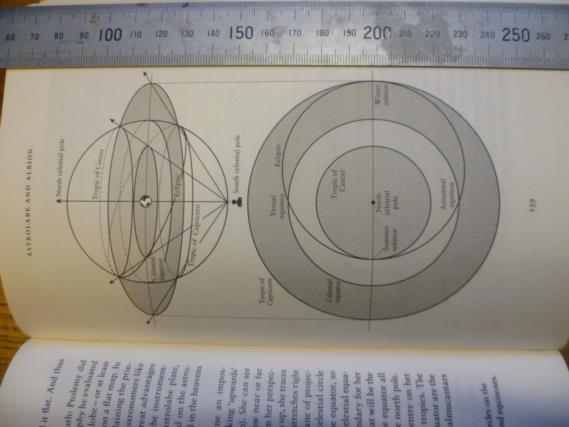
NavList:
A Community Devoted to the Preservation and Practice of Celestial Navigation and Other Methods of Traditional Wayfinding
From: David Pike
Date: 2021 Feb 14, 11:59 -0800
I’ve decided it’s about time I learned how an astrolabe works and that the only way to properly understand the geometry is to try and make my own. It’ll be a modern version with a transparent plastic rete with the few stars I can recognise inked on. I was never much of a one for fretwork, and decent thin ply is hard to get in the UK these days. It would be interesting though to see what the Chinese toy manufacturers could make of an astrolabe with their laser perforated push-out plywood toy making techniques Aero, Road & Sea Vehicle Educational Plywood Model Kits - Quay Imports | eBay .
Seb Falk's ‘The Light Years’ seemed a good place to start although I had to wade through the first three lead-in chapters before I got to the chapter about astrolabes. I began by examining the basic backplate Fig 4.10 in the book (Photo 1). I could see how they projected the Equator and the Tropics of Cancer and Capricorn. I wasn’t sure why the Ecliptic came out as a circle. ‘O’ Level Tech Drawing memories from 1958/60 suggested it ought to be an ellipse. However, I could see points A, B, C, and D in my diagram (photo 2) had to be the Summer Solstice, Spring Equinox, Winter Solstice, and Autumnal Equinox. Drawing perpendicular bisectors to the chords AB, and AD gave me a centre E of a circle, which when drawn passed through A, B, C, and D. But what about the bits in between? My question to our mathematicians is: If it looks like a circle, smells like a circle, and goes through the four most important points as a circle would, Can I safely call the whole thing a circle? DaveP








